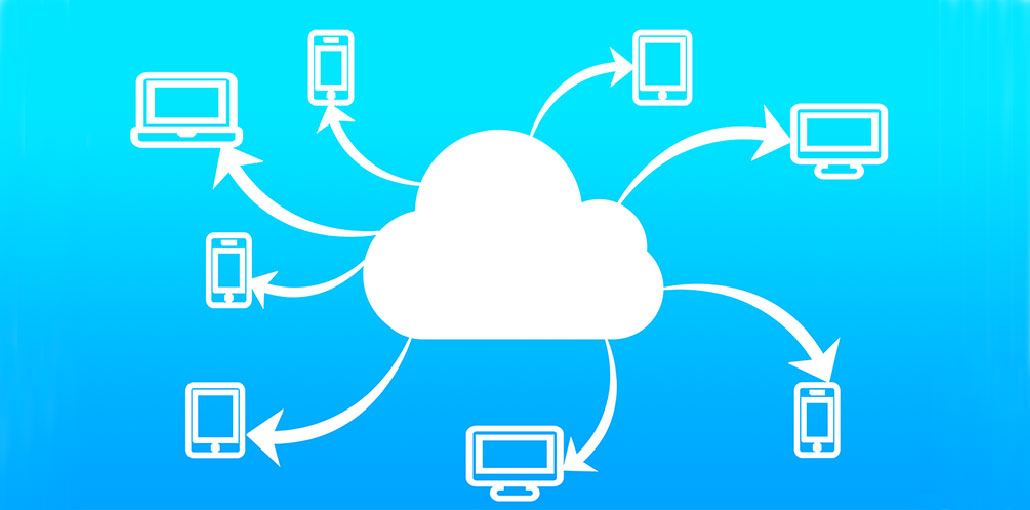Multi-cloud environments have been rapidly establishing themselves as an integral part of the enterprise data ecosystem. There is still a lot of confusion about this particular cloud computing. As organizations gain experience, they will discover their own truths regarding how technology supports their operational models. Here are 10 myths that multi-cloud management has on digital services today.
10 Popular Myths About Multi-Cloud Data Management
1. Multi-Cloud Data Management is Complex
This myth, like all myths, has some truth. Multi-cloud can be difficult to manage if it is not managed in the traditional IT way. Splunk pointed out on Forbes that simple observation is not enough. Organizations must have full analytical capabilities at all scales and from every source in order to be effective in oversight. This is not only to give real-time insight into operating conditions but also to enable management teams to act proactively.
Also read: Top 10 Cloud Data Warehouse Solution Platforms
2. Multi-Cloud Equals Hybrid Cloud
Although they look similar, there are some key differences that can impact how they are used and designed. VMware pointed out that multi-cloud uses clouds from different providers such as front-end apps on Amazon Web Services and Exchange Servers on Azure. A hybrid cloud is a combination of private cloud infrastructure and one or more public cloud services, allowing them all to work together as one entity. It depends on what applications you support and what your business goals are. A third option is to combine your AWS Storage Data Lake with your on-premise data centers.
3. Multi-Cloud is more secure than single or on-prem
Multi-cloud does not have any inherent qualities that could make it more powerful. It is also more secure than any other architecture. Irfan A of Branex highlights the unique challenges of multi-cloud. This includes the need to address multiple service models, data access, and control (especially during migration). Compliance across different architectures and multiple geographical regions is essential.
4. Multi-cloud is less secure than single cloud or on-prem
Security is more complicated in multi-cloud environments than in general management. Vince Hwang, Fortinet’s director of cloud security, says that a Software-defined Wide Area Network (SD-WAN), with integrated security layers, is the key to cloud security. This allows the cloud to be placed under a single architecture that can extend security policies and monitoring capabilities to all points.
5. Multi-Cloud Management is Best with Open Source
Although open source is great, CloudOps warns that it is not always the best. It can take time to create and deploy open solutions in a cloud management platform. It may not have the best features, but there are no guarantees. Meanwhile, Many proprietary solutions integrate well with cloud environments and often come with support and service programs.
6. Multiple Clouds are more expensive
Multi-clouds don’t tend to be more expensive than other clouds. It all depends on how you manage them. Rupesh Patel, Walmart’s, argues that organizations can manage multi-cloud costs easily if they have basic guidelines, such as provisioning, and placing data into the right storage tier. Misconfigured dynamic provisioning charges are not something you want to pay. This is sometimes called an economic denial of service (EDoS) attack. It basically uses up resources and drives up cloud computing costs.
7. Multi-Cloud is only for established, large businesses
Although large companies may need multi-cloud architectures more often, Anblicks’ Nikhil Acharya points out that even small businesses can still use specialized applications that can be enhanced by multiple clouds. It is best to start with a scaled-out environment in order to fully benefit from these tools. Multi-cloud can be used by small businesses via SaaS platforms such as O365, Powe BI, and Tableau, or by using a managed security service (SeCaaS), like Qualys and Rapid7.
Also read: Definition of Managed Cloud and Services Provider
8. Enterprises Adopt Multi-Cloud Only When They’re Ready
Many organizations use multiple cloud services, regardless of whether they are aware of it. Shadow IT is the unapproved apps and software that people use in addition to the official company platforms. This problem has been around for over a decade. It is because of the incoordination that leads to disorganized infrastructure, which drives up costs and hinders performance.
As IBM’s Sai Vennam explains, formalized multi-cloud environments are a great way to keep shadow IT under control. Shadow IT can cause problems if it is implemented in-house or via SaaS cloud platforms without proper governance, risk, and compliance. Shadow IT can evade DLP systems and put at risk the security triad: confidentiality, integrity, and availability.
9. Multi-Cloud Is Optional
Multi-cloud is becoming a common feature in organizations’ overall infrastructure. However, it does not necessarily mean that multi-cloud will work for all applications. Michelle Woodruff, a tech consulting firm Contino, says multi-cloud is best for assembling top-of-the-line systems and maintaining compliance through complicated data migrations. This might not be the best choice for disaster recovery, or to avoid vendor lock-in.
10. Multi-Cloud Is Worry-Free
Multi-cloud can be a solution to many problems but it is not perfect. It must be used with the right services, as is the case for all technologies, according to CIO Bob Violino. Each piece must be coordinated carefully to work together. While providers are responsible for data privacy and security, it is still the responsibility of the enterprise to ensure that users are safe.
Do your research before you make a decision on a cloud service provider (CSP). You will also need to create an Incident Response Plan (IR) for each CSP. For guidance and tools to help you in sourcing a CSP, as well as guidance on what controls you should implement by your CSP, visit the Cloud Security Alliance (CSA).










Leave a comment